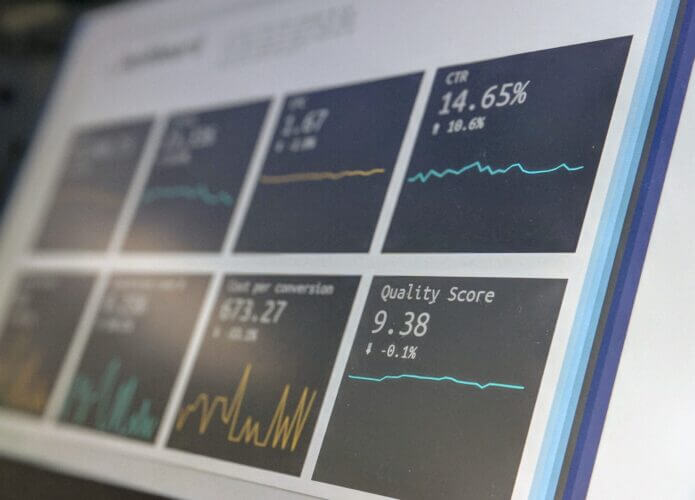Centralized integration error monitoring
All your integration processes can be monitored in one place, easily accessible via a web browser, enabling rapid detection and resolution of issues.
Are you facing difficulties in handling integration errors and seeking a reliable solution to streamline this process? Our experience with integration error-handling platforms is here to help.

A central hub for integration error handling provides greater visibility and control over your integration infrastructure, making it easier to manage and troubleshoot any issues that arise.
Error hub centralizes integration monitoring, facilitating fast issue detection and resolution.
A central error handling platform is typically the only visible aspect of integration process for users.
Web access quickens error resolution lessens downtime, and boosts efficiency.
Diverse integration error handling can impede consistency. The central hub offers a standardized approach to ensure uniform error resolution.
A central hub identifies error sources for efficient troubleshooting and resolution, even with multiple integrations involved.
A central hub for error handling can help you scale your integration infrastructure while ensuring that errors are handled consistently and efficiently.
The platform for integration error handling is the focal point for integration tracking and user error management.
Introducing an error handling platform enhances integration error handling by providing the following features:
An integration error handling platform can replace for example an inefficient error management system based on Microsoft InfoPath and e-mails.

All your integration processes can be monitored in one place, easily accessible via a web browser, enabling rapid detection and resolution of issues.

Better error management reduces the time the support team needs to resolve an error on the platform. It usually decreases by more than 50 percent.

Your integration teams can be provided with statistics they previously didn’t have related to data errors, correct flows, and messages.

Let me be your single point of contact and lead you through the cooperation process.
Choose your conversation starter
Signed, sealed, delivered!
Await our messenger pigeon with possible dates for the meet-up.

There are many types of errors that can occur during integrating data between different systems or applications. Some common integration errors include:
Synchronous and asynchronous errors in integrations refer to the timing or occurrence of errors during the communication or data exchange process between two or more systems. Synchronous errors occur in real-time and block the integration process until resolved, while asynchronous errors may not be immediately detected and do not necessarily block the integration process. Both types of errors need to be identified, addressed, and resolved in order to ensure smooth and reliable integrations between systems. Proper error handling, logging, and monitoring mechanisms should be in place to capture and address both synchronous and asynchronous errors in integrations.
Here are some best practices for error handling in integrations. By following them, you can improve your error-handling processes and reduce the impact of integration errors on your system and your business.
The best way to do it is a comprehensive approach to monitoring and tracking integration errors that includes a combination of the following strategies:
Integrating a platform for error handling with other systems involves several steps. First, you need to identify the systems that will be integrated with the error handler. Then, decide on the integration method, which can be achieved through APIs, webhooks, or other integration technologies. Work with your development team or a third-party provider to build the integration between your systems and the error-handling platform.
Next, configure the platform for error handling to receive and process error messages from your integrated systems by setting up rules and notifications for different types of errors. Thoroughly test the integration to ensure that error messages are being properly captured and processed by the error handling platform. Once the integration has been tested and validated, deploy it into your production environment.
Finally, continuously monitor the integration to ensure that it is running smoothly and make any necessary adjustments or updates as needed.
The cost of our Integration Error Handling Platform varies depending on various factors such as the number of integrations being monitored, the level of support required, and additional customizations or integrations with other tools or platforms. Reach out to us to get a more specific quote.
If you use our Integration Error Handling solutions, you will have access to a comprehensive service that includes full support for any problems or maintenance issues that may arise. To contact support for assistance, you can reach out to our support team via email or phone, which will be provided to you when you onboard with us. Our team will be available to assist you with any questions or issues you may encounter during the implementation and ongoing use of our solutions.
Yes, our Integration Error Handling Platform is designed to work with any integration solutions, including BizTalk, Boomi, SnapLogic, and others. It is a vendor-agnostic solution that can monitor and track errors across multiple applications and platforms, bringing all the error notices into one centralized location that is easily accessible via a web browser. This provides a single view of all errors and issues across various integrations, making it easier to detect and address any issues quickly.